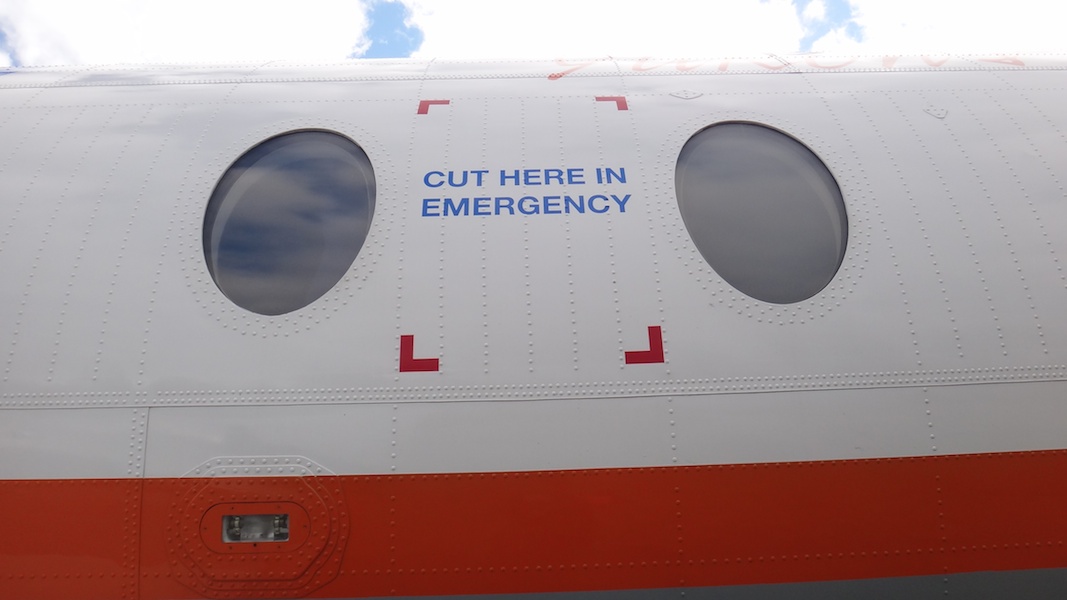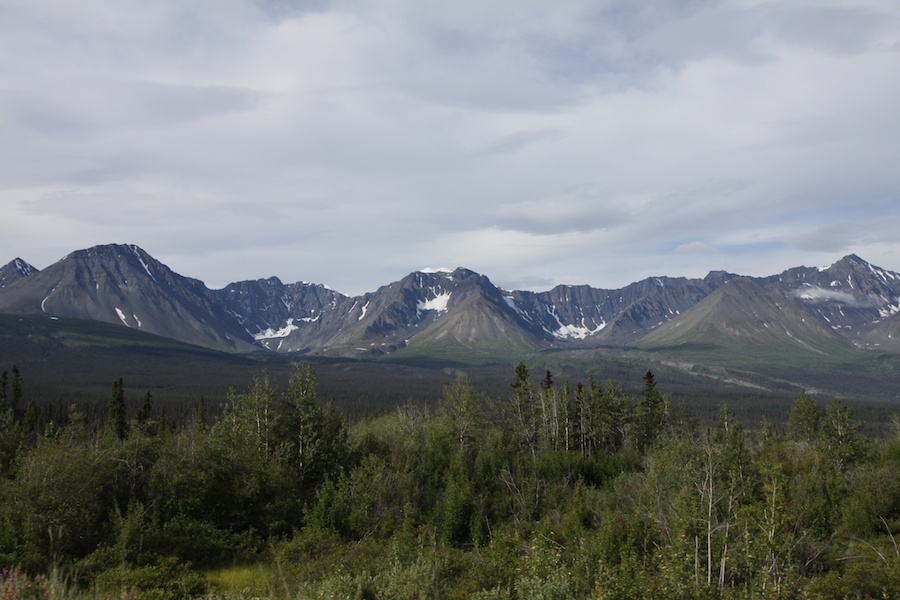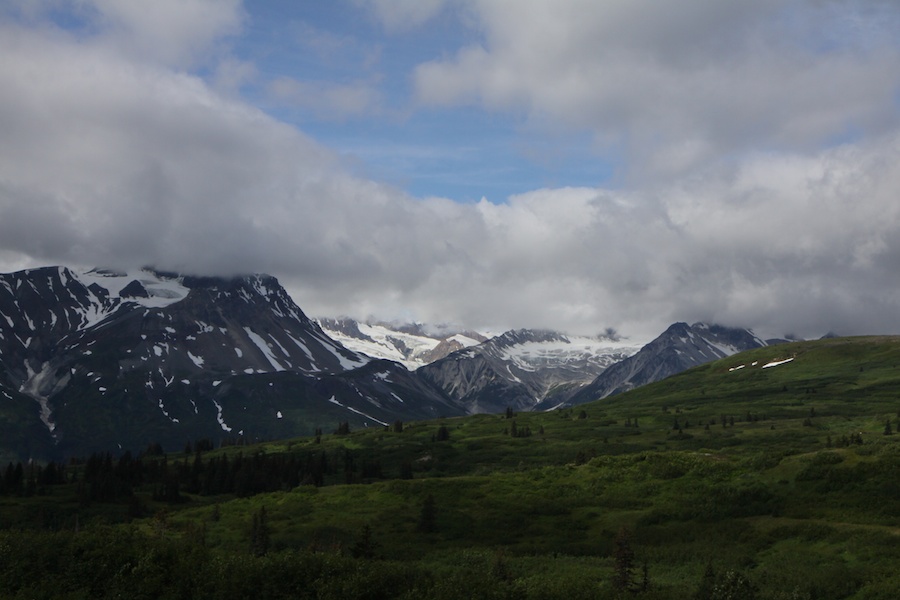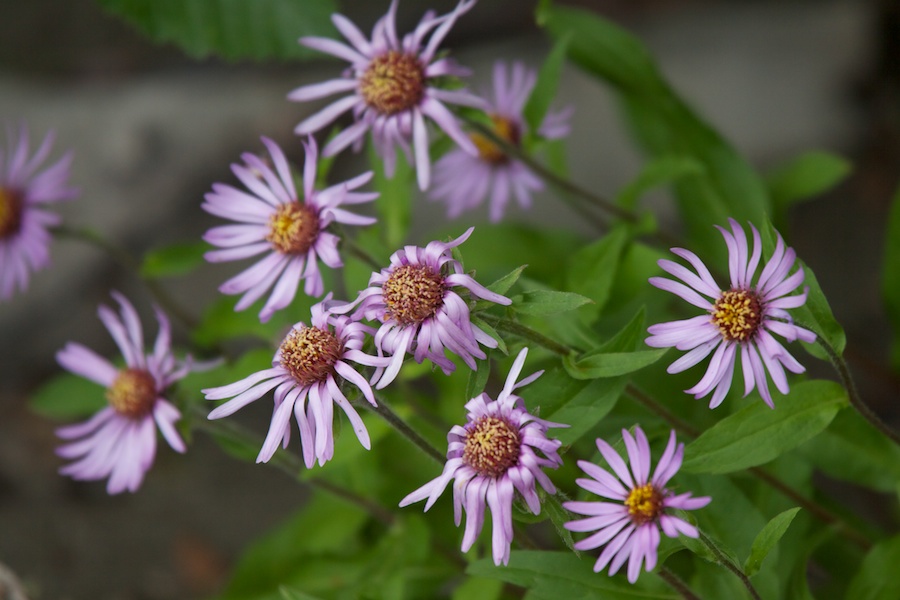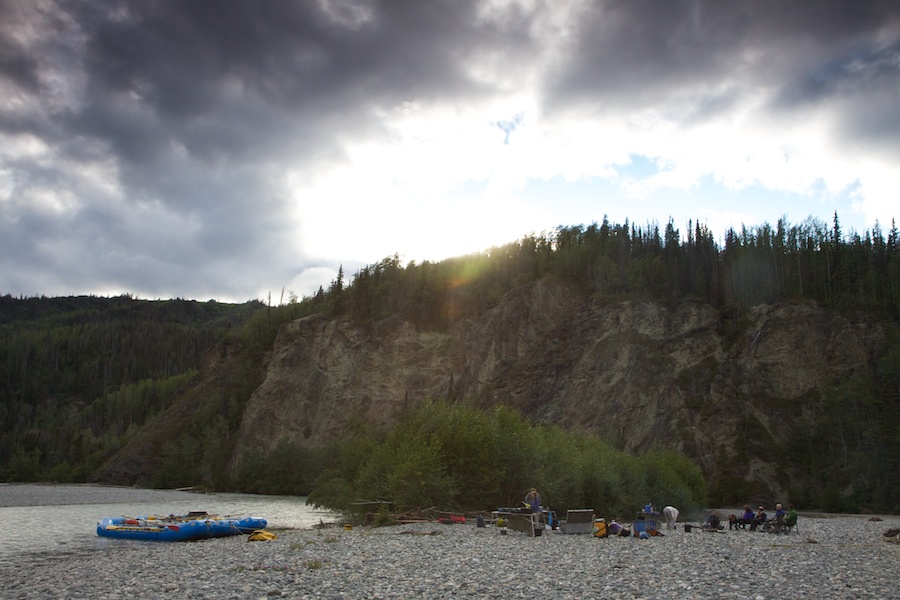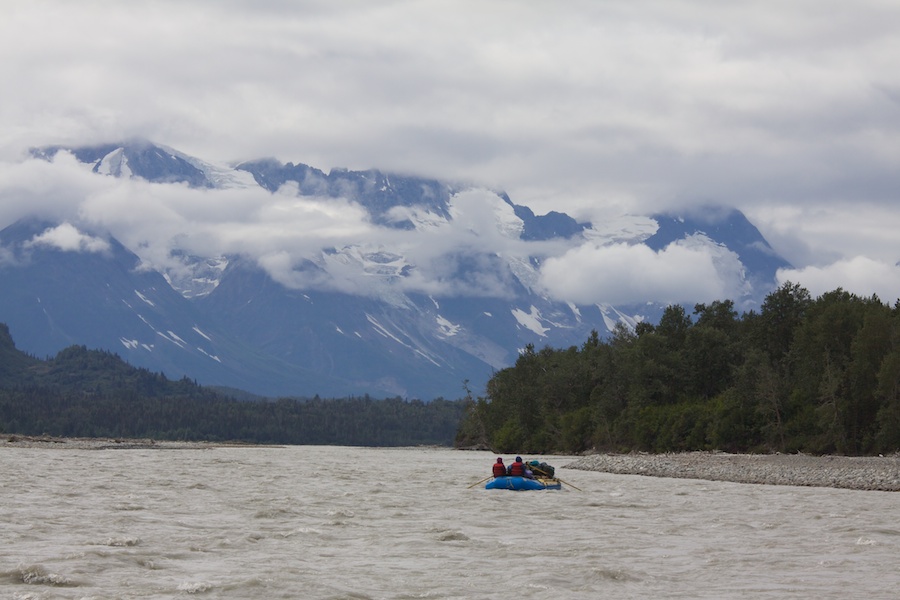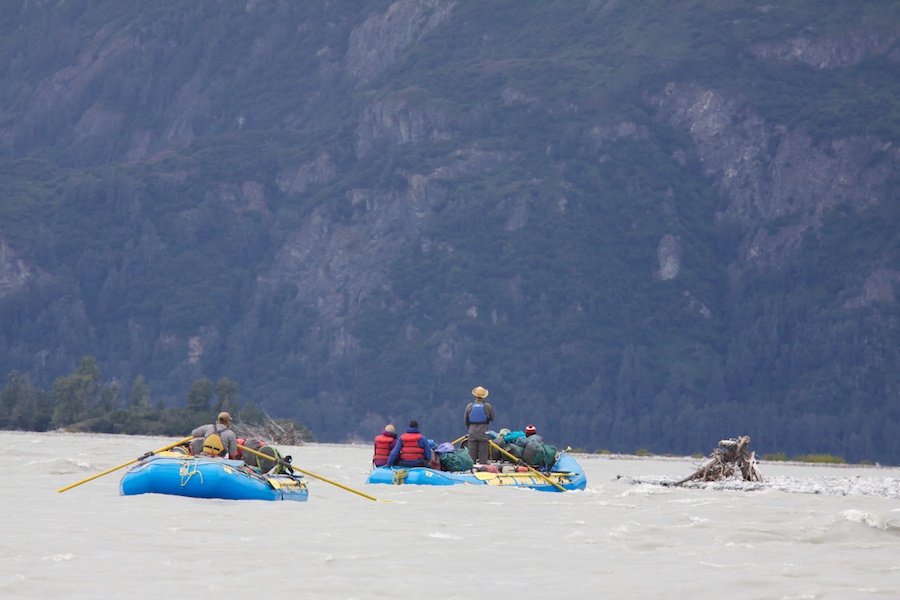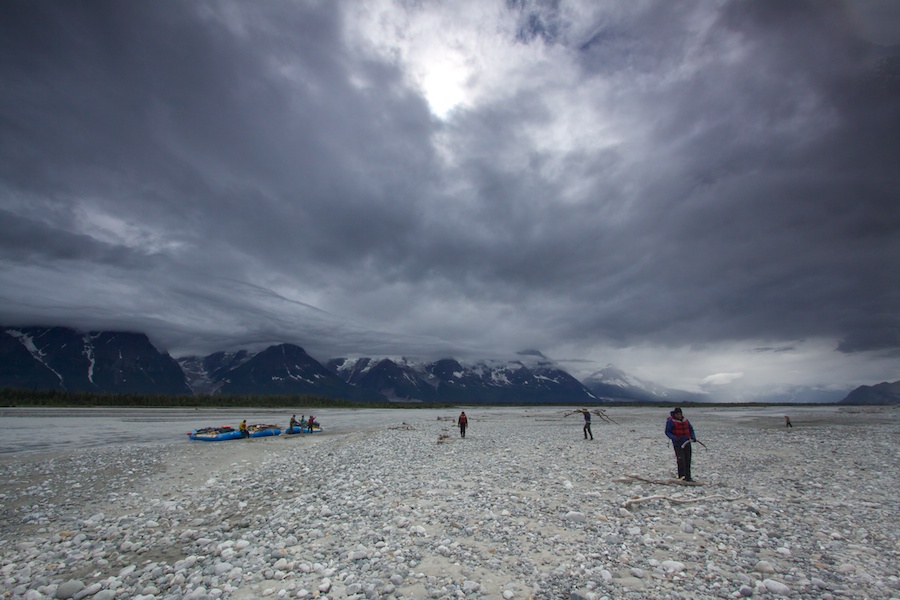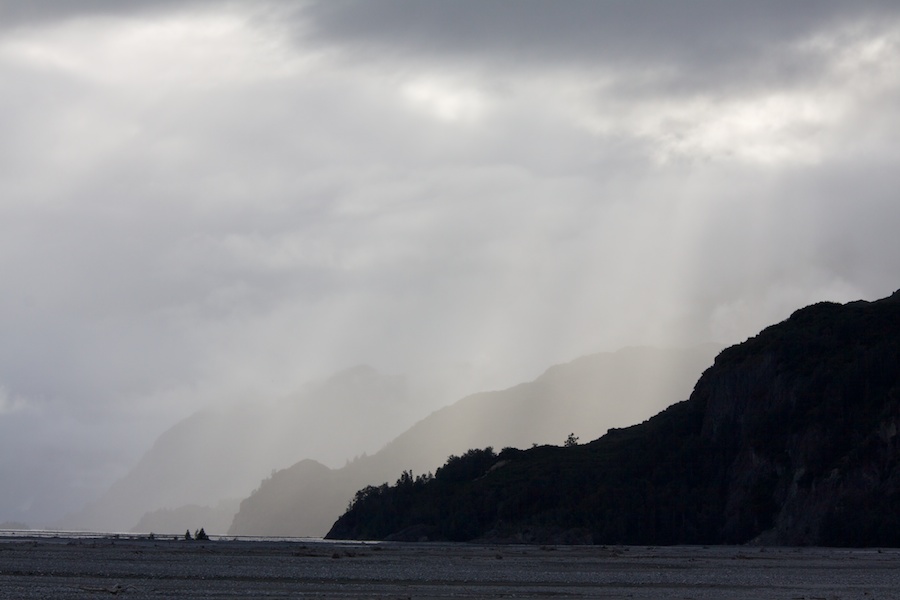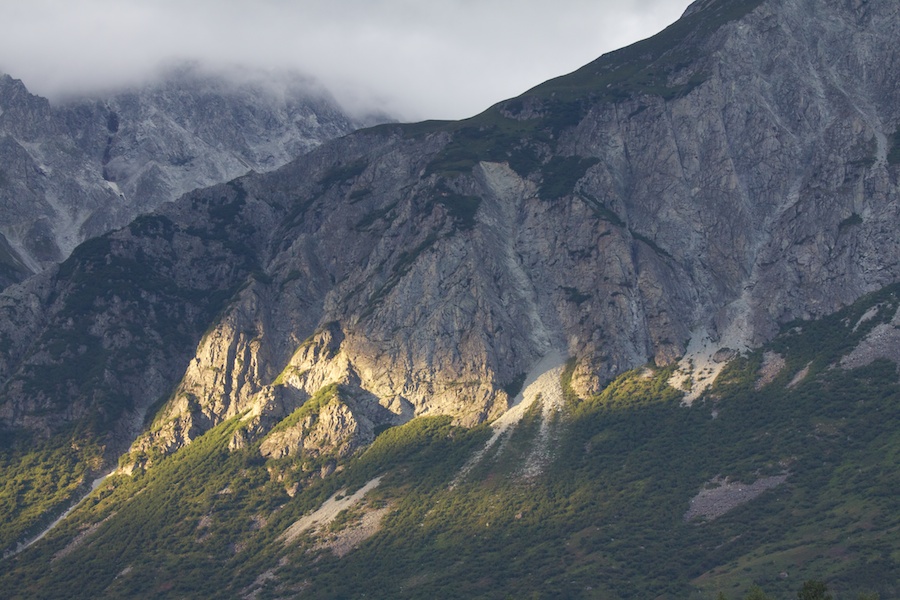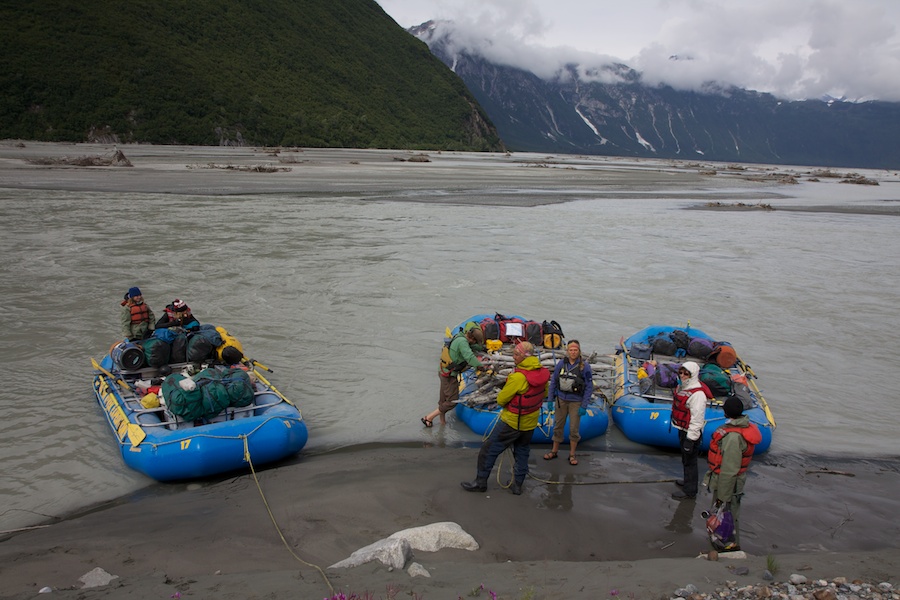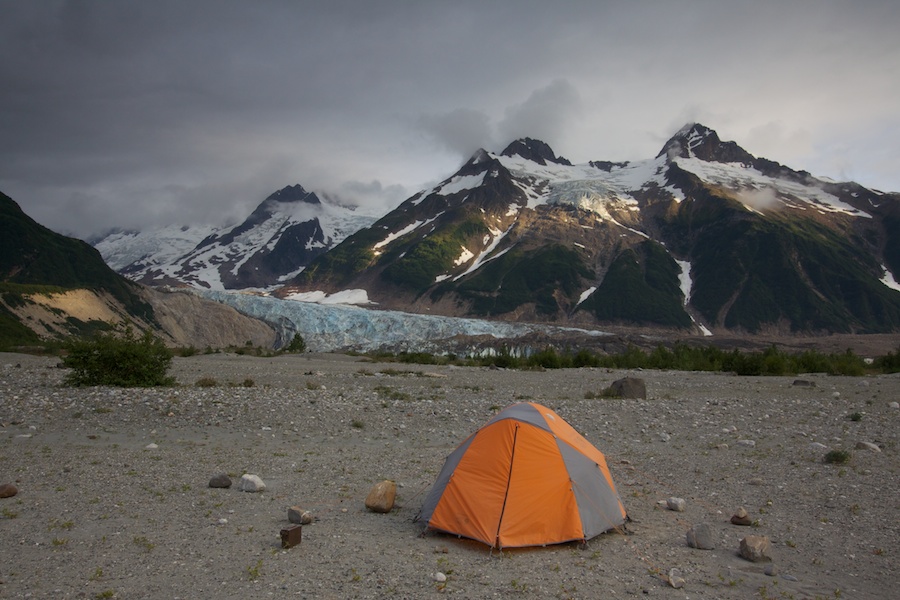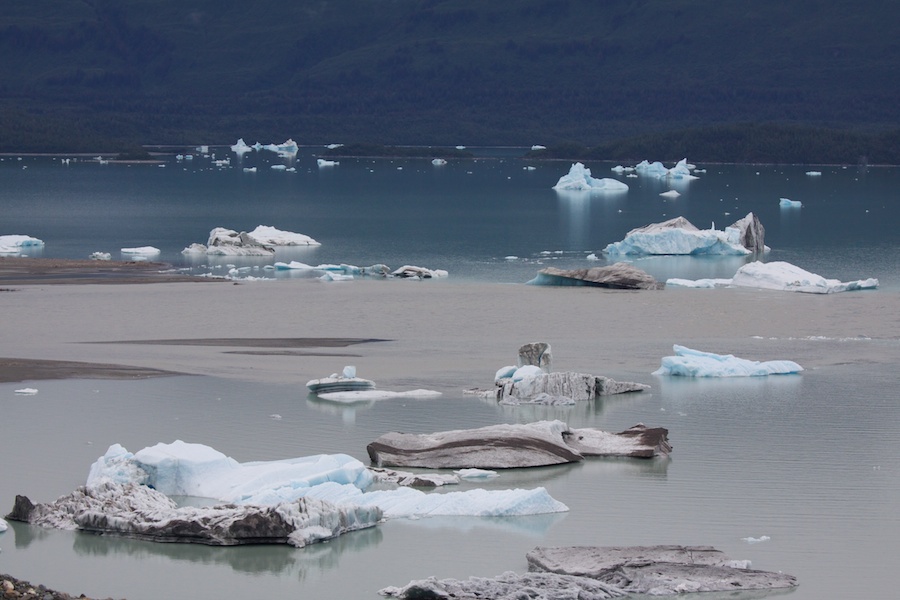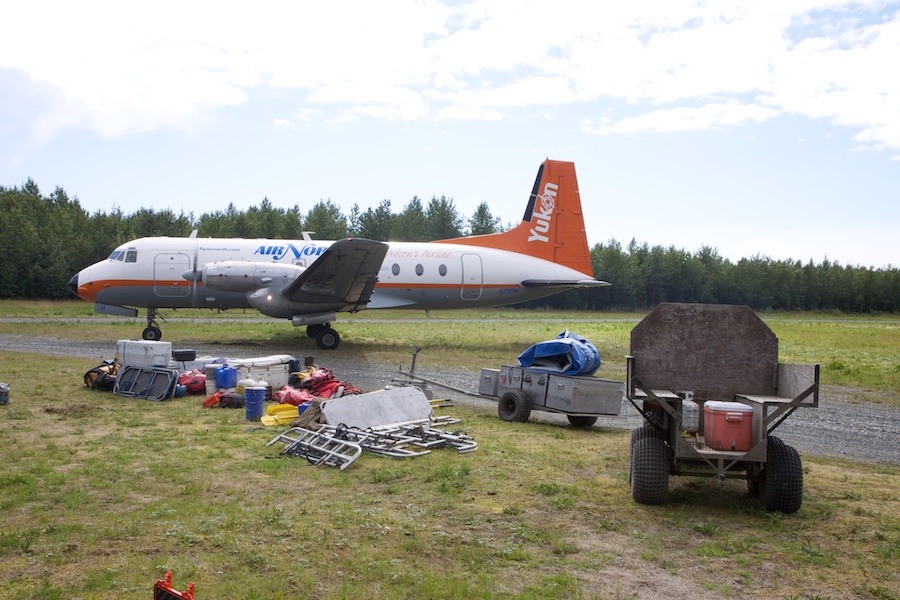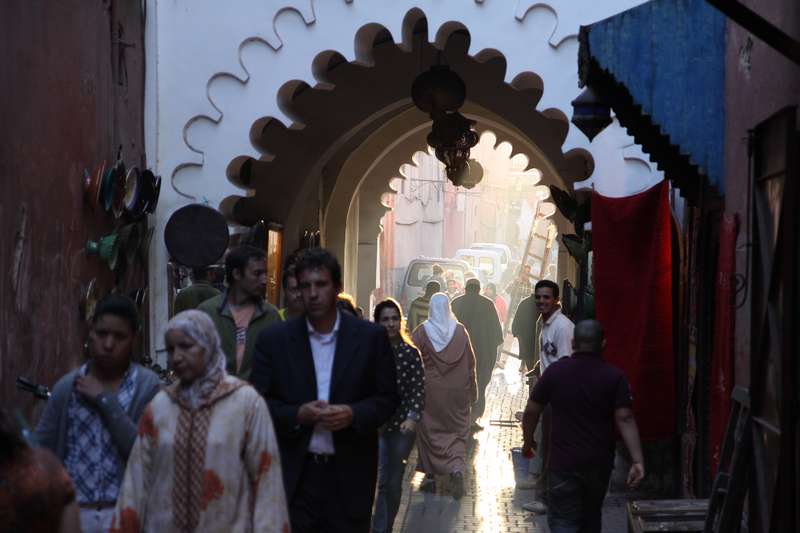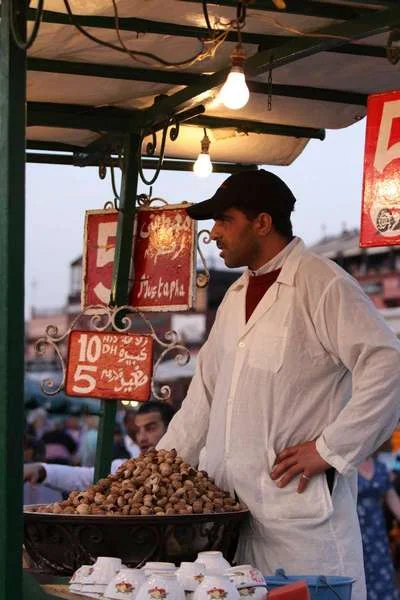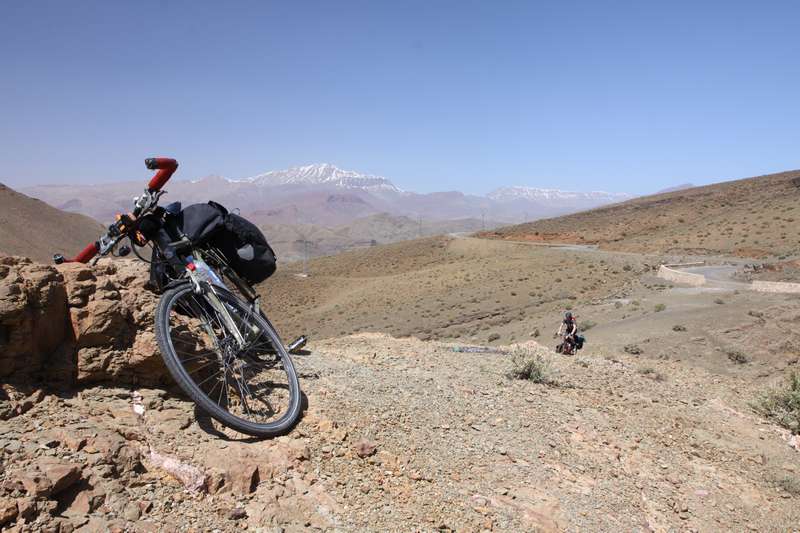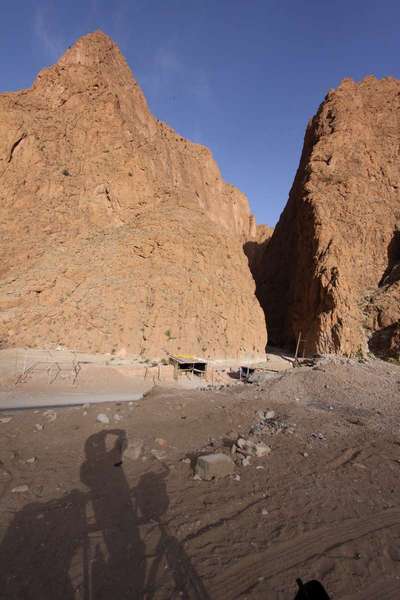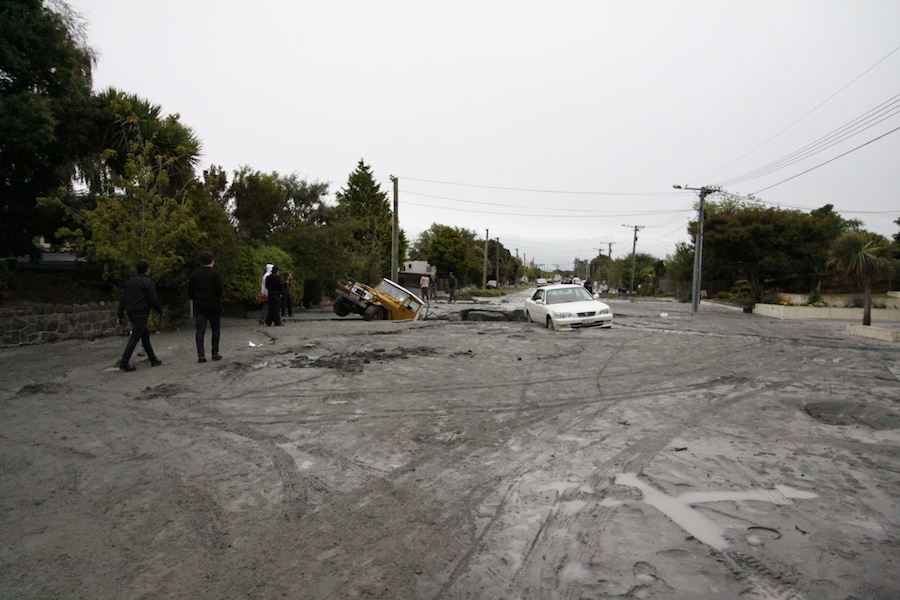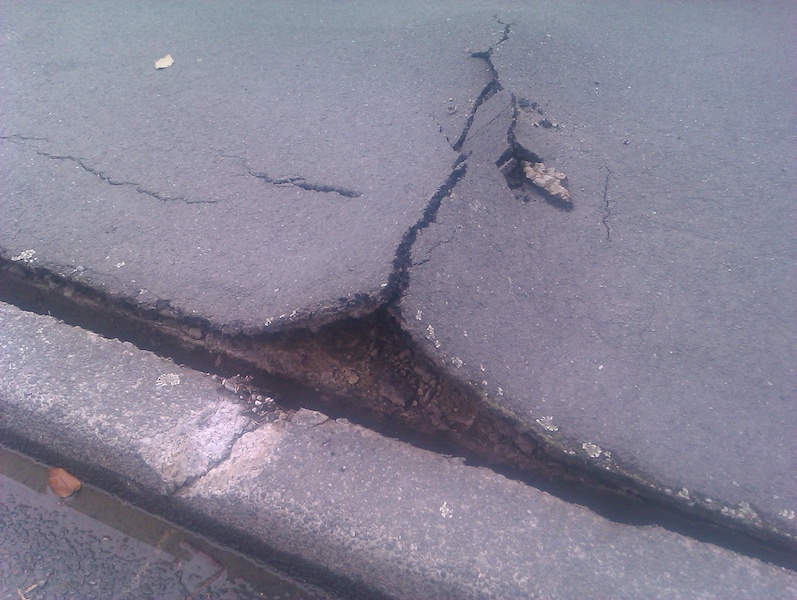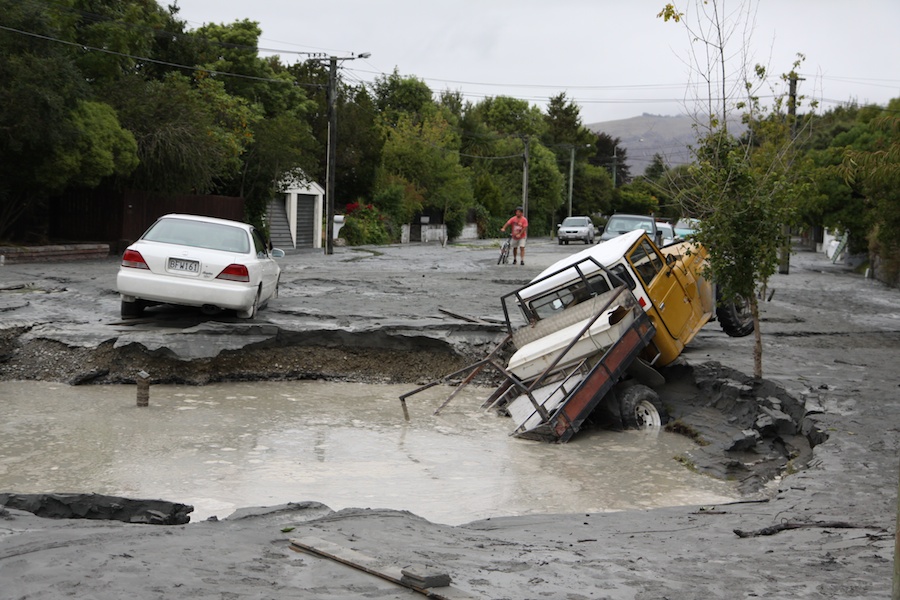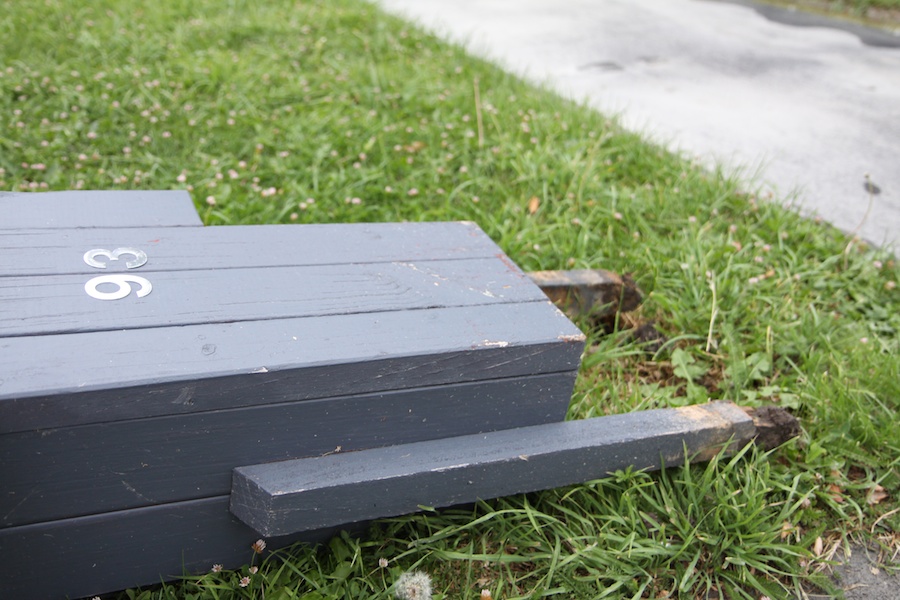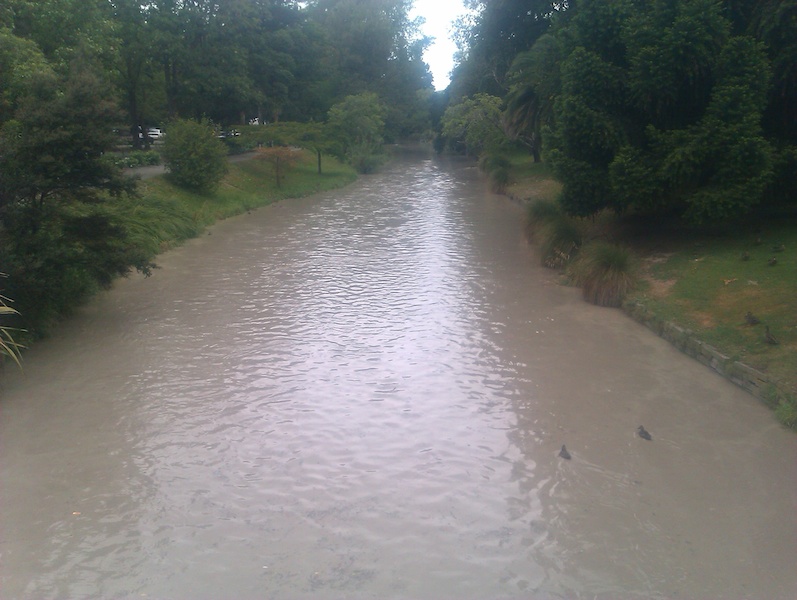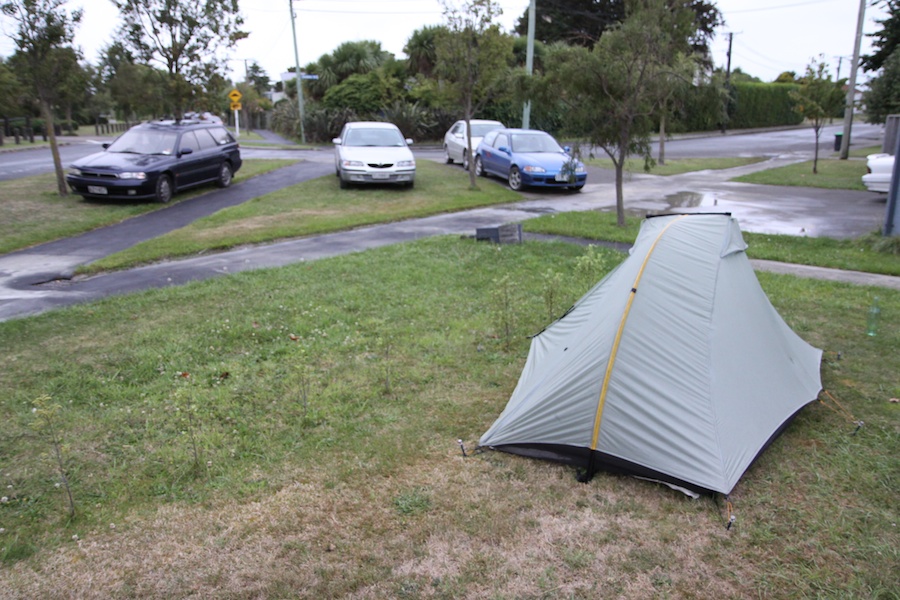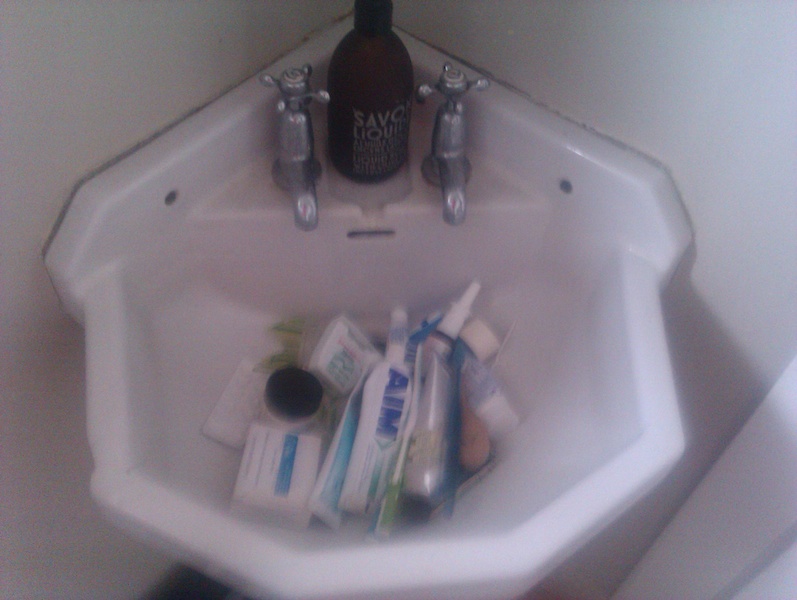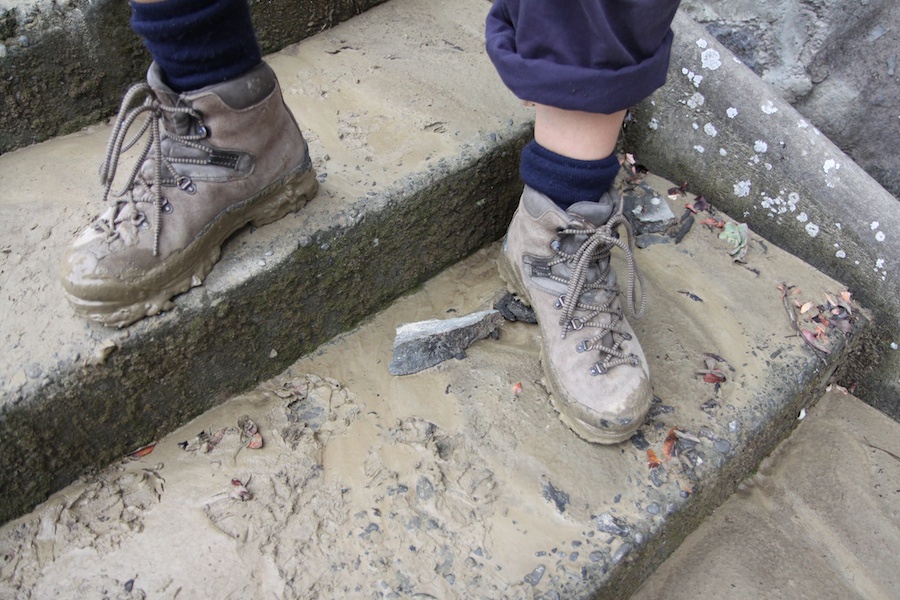It's 9.16 am, a deep rumble instantly grabs my attention, the rattle and shaking come soon after. Sitting in front on my computer, I quickly post this: "Blood pressure through the roof after a small aftershock in Christchurch...lucky I'm not here for too long or I'd have a heart attack!". The Geonet website shows that it was 3.1 on the Richter scale, just another of the 4600 aftershocks that has hit Christchurch since the 7.1 quake on September 4th last year.
This awareness of earthquakes goes back to the 17th of October, 1989 when a 7.1 earthquake devastated the San Francisco Bay Area. I was 6 years old and making a bow and arrow in the workshop with my brother. Everyone got out without physical injury, but I never forgot. From then on, my brain has been programmed to react strongly to even the slightest tremor. Adrenalin pumps into my veins, making my heart race and I look for the nearest escape, a door, a window, anything.
It starts slowly, my mind races, calm down, it's only another aftershock, just like the one this morning. These thoughts don't last long, my instinct points me directly to the door about 10 m away. I hop from side to side as the floor shakes violently under me, every item in the entire restaurant is in motion, plates clatter and crash, plants tip and shelves fall, nothing remains in position. I feel like I am in a salt shaker, being shaken back and forth, just waiting to fall through a hole. I reach the door frame where several others are already grasping on, trying to shelter while being tossed about. My conscious brain has totally switched off by now, I'm in survival mode, only instincts apply, this is a very dangerous situation. Upon reaching the door frame, I can see daylight at the bottom of the flight of stairs. Red carpet on the floor and a hand railing each side. I can't stay standing. With both hands on the railing, I semi-slide, semi-run down the stairs, regaining my footing after each leap as I go down. The door way is clear, I run for it.
An incredible noise fills the air, the sounds of falling rock, right in front of my eyes, the spire or the cathedral collapses into a heap of stone and twisted metal. My heart pounds, where is Steve? Did he hide? Is he ok? The building is still standing, he must be just waiting it out inside. It seems like ages. A dense cloud of dust, almost yellow in colour fills the air, I can taste it. Behind the building we were in, a think burst of black smoke rises into the air. I survey the situation, my rational mind is in full swing, people need help! Where? How? I take 2 quick photos while I wait, then my camera battery dies, typical. To my left, a 4 or 5 story building stands in total ruins, the fences around it tell me that it must have been condemned in the last earthquake, no one would be inside. Further around, a white building is severely damaged, the red domed roof sits precariously above a large crack in the building. I notice that all the windows in the ANZ bank are gone. Steve comes, relief. I say that we have to help, people are under there. I run towards the cathedral. Half way, I meet two elderly women, a uniform colour, head to toe. The dust has painted them grey, I put my hand on one women's shoulder. "Are you hurt? Can help you at all?" one women responds calmly "We were inside, I think we were quite lucky really" shock has not yet set in. I suggest that they sit on a nearby bench which I think they did, I didn't see them again as more and more people filled the square.
A lone policeman walks around the rubble, looking just as helpless as I feel. I walk along close behind him, looking for something I can do, anything! Clinging to a second story window, a women, at least I think it's a women, battered, bloodied and covered in dust, is calling desperately for help. She's is making noise, she will be ok, but I can't get to her, I feel desperate. What can I do? There are people under there, many people...they are all dead, I know it. You can't survive being hit by those stones. The tower is unstable, do I cry? No, what can I do? People need help! Someone is running, they had someone inside, where are they? I hope, hope, that they are found, my guess is they weren't.
A man wearing a dark t-shirt holds a crude bandage on his head, blood drips down his front and pools on the ground. His wife stands next to him, her cream polar fleece strangely matches the dust, it looks clean in stark contrast to everything else. A large gash stretches from her right ear down to her collar bone. I ask if I can help her, she says that she's alright considering. I see that I can't do much, people have already done what they can for the walking wounded. I feel the chill in the air and realise my jacket is inside the restaurant. We walk back to the other side of the square. Feeling like there is little more I can do there, I take a photo of the bank. It hits, again, just as violent but not for long, the first aftershock. I see further stones crumble from the spire. I say to Steve that there must be something we can do, we walk back to the cathedral. It's too unsafe to do anything without huge risks. We walk back to the middle of the square, I see another bloodied person being looked after by bystanders. I try to call Anna whom I was supposed to meet soon after. The network is overloaded, but the internet is working. I post this on facebook "Massive earthquake in Christchurch, we're ok for now.", it's 1.24 pm. I turn on Skype as it's the only thing I can think of to get in touch with people. I notice a girl in a blue jersey, head down, crying hysterically. I try to comfort her, I rub her back. Her friend smokes nervously, in shock. They are dutch, on their way into the cathedral, but didn't make it there yet. I stay with them. A group of circus people sit near us, I look on Geonet and see that it was only 6.3! Is that possible? Word spreads fast, 6.3, 10 km from the city, 5 km deep. Everyone in Christchurch is all too familiar with all this jargon.
Someone from the crowd gets onto a loudspeaker and tells everyone to stay where they are, away from tall buildings. Soon after the policeman that I had seen before tells everyone to leave immediately, either north or west out of the city, there will be a total evacuation of the downtown, everyone must go NOW.
Taking a little bike tour of the town, I had parked Anna's bike just down the street. Realising that many of the streets were badly damaged, I didn't want to leave it behind as I may well need it. I ran between the two tall buildings and asked at the police cordon if I could just grab my bike, they agree. I pull it free from the 10 cm of silt which has risen up from the ground below, liquefaction.
I rejoin the others and we walk together towards the museum, passing the beautiful, historical art centre which is heavily damaged but not destroyed. The street is littered with debris and the relentless layer of dust. Obedient staff have already cordoned off the building and a staff member places a "Site Closed" sign on a chair in front of an entrance.
My heart races again as several loud explosions break the relative silence of Hagley Park. Not knowing what it was we continue. By this stage, helicopters are buzzing over head, a monsoon bucket is being used to douse what we later find out was the CTV building where it's believed 120 people died. Liquefaction is everywhere, in the middle of the park, piles of sand have appeared everywhere. Water from somewhere has flooded the low laying parts of the park and the river has changed to a deep grey as the silt runs into it. After a long walk we arrive at a friends place where we find them sitting out on the street in front of the second floor flat. We go upstairs together to use the toilet, no realising that the sewerage system is totally out of action. As I survey the mess in the house, the second major aftershock hits, violently shaking the last things of the shelves. I run for the door frame as getting out isn't an option. The already afraid Dutch girl, more or less falls out of the toilet and we decide that it's probably better on the street.
I finally reach Anna, all is ok and she's on her way home, so wrapped in a blanket, we start the 10 km walk towards home, passing the back through the now empty city centre which has been reduced to a dusty wreck. The SmithCity car park which was once 3 stories (I think) now is one single sandwich of cars and concrete, precariously balanced above the road. Everything in me want their not to be anyone in any of the 40 odd cars but my instinct tells me otherwise. The lack of search and rescue personnel on site indicates the shear scale of this disaster. A police patrol keeps people away from the unsafe structure until the professionals are able to look at it.
We continue, cracked streets, burst pipes, cars left where they stopped on roundabouts, verges and median strips. In the distance a dense black cloud of smoke rises from the CTV building, from here I can see the helicopter dousing flames that leap into the air. We give all damaged and tall buildings a wide birth to not tempt fate. I notice the crumbling supports of an overpass, fortunately, it is still standing.
We finally arrive home to find the front door off while the kind neighbour adjust it's form with a hand plane to allow it to again close. He brings with him bottles of fresh water form the spring in the backyard of his suburban house. The house is intact, just a little bit more wonky than before. Nothing remains on any shelves apart from an orchid which somehow has maintained its position above the crooked fireplace.
We drive the dutch girls as far as possible before the proceed on foot to where they are staying. As we let them out, the car rocks back and forth as a large aftershock passes. We help a friend of Anna's clean up a bit as she's home alone with two young children. The rain begins and we pitch the tent and cook up a storm on Anna's camping stove, all to be washed down with a bottle of bubbly to celebrate having survived the ordeal but knowing that out there, hundreds of people wait for friends and family who won't every come home, we were constantly reminded of the seriousness by the air force planes flying overhead ever 20 minutes, carrying supplies and personnel in and the injured out.
The night was full of 2's and 3's about every 3 minutes and on top of that, more than 50 aftershocks over 4 rolled through during the hours of darkness. Each one jolting me from my sleep. My heart pounding and my blood boiling. It was a long night. After a major jolt at 6 am, I decided enough was enough and got out of bed. The power had come back on around midnight soon after a massive jolt had cracked the large plate glass window in the lounge, We turned on the TV only to see the full extent of what I'd seen the day before. It was devastating!
As my flight was booked for 3 pm on the 22nd, I was able to get one of the first flight out on the 23rd once the airport reopened. Anna and I headed out to help a friend of hers to get everything out of her house which had partially collapsed and was at risk of total collapse. All along there were scenes devastation but amongst that, amazingly people were smiling, laughing and really helping each other out. Checking on neighbours, friends and family and really making the most of whatever was available to them. Tents were pitched on parks and lawns in front of condemned houses.
I flew to Auckland feeling numb from the emotion of all that I had seen, with the overwhelming feeling of helplessness, that I couldn't be of more assistance to anyone. Being back in Sweden now, it all feels so surreal, almost dreamlike yet so there as each rumble from the flat above gets my heart going again. This is a scare which I will probably carry for a lifetime, it's a small price to pay to have come through that ordeal unscathed, and for that I'm hugely grateful.


